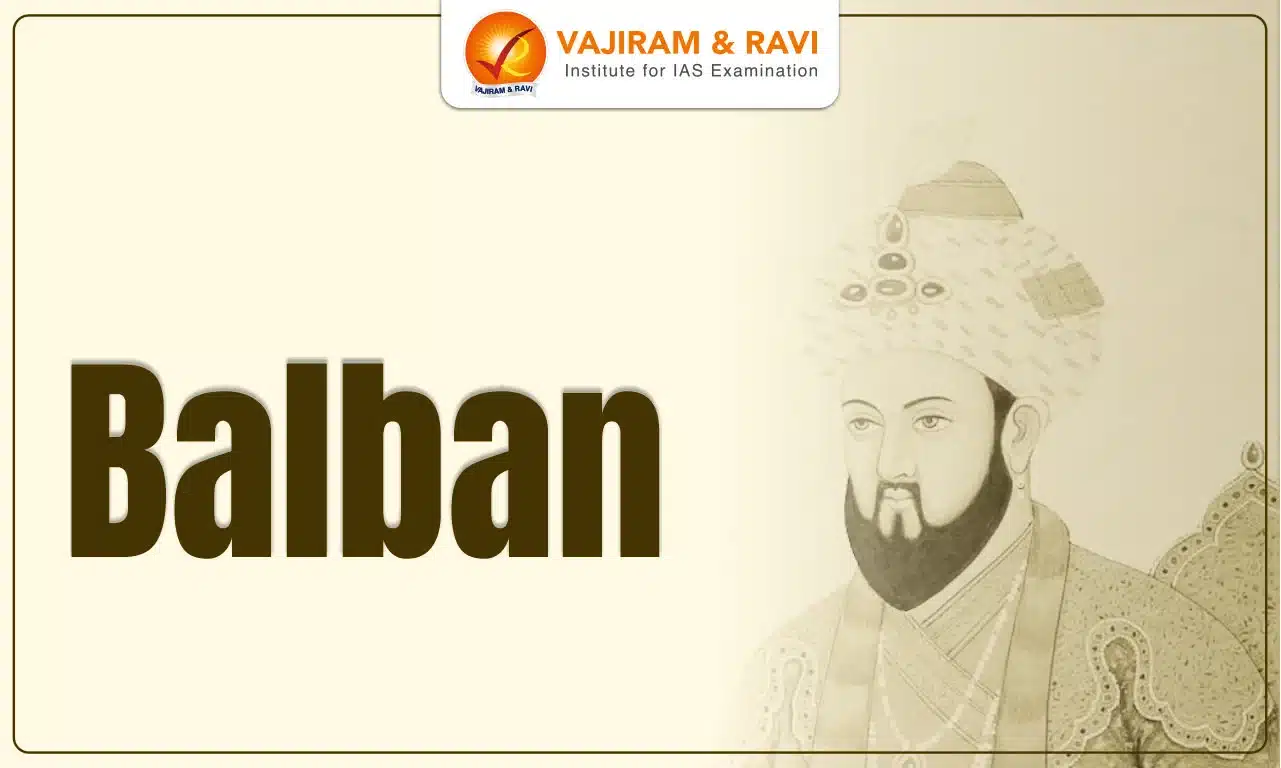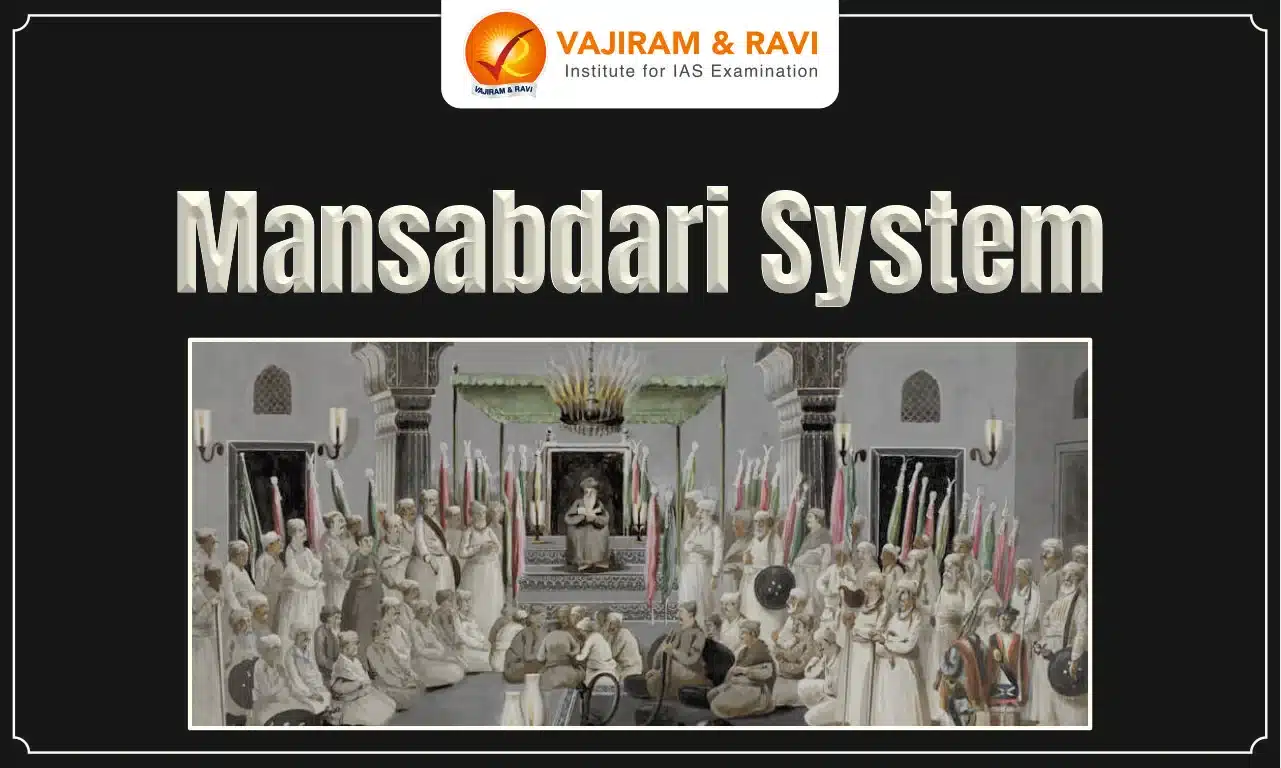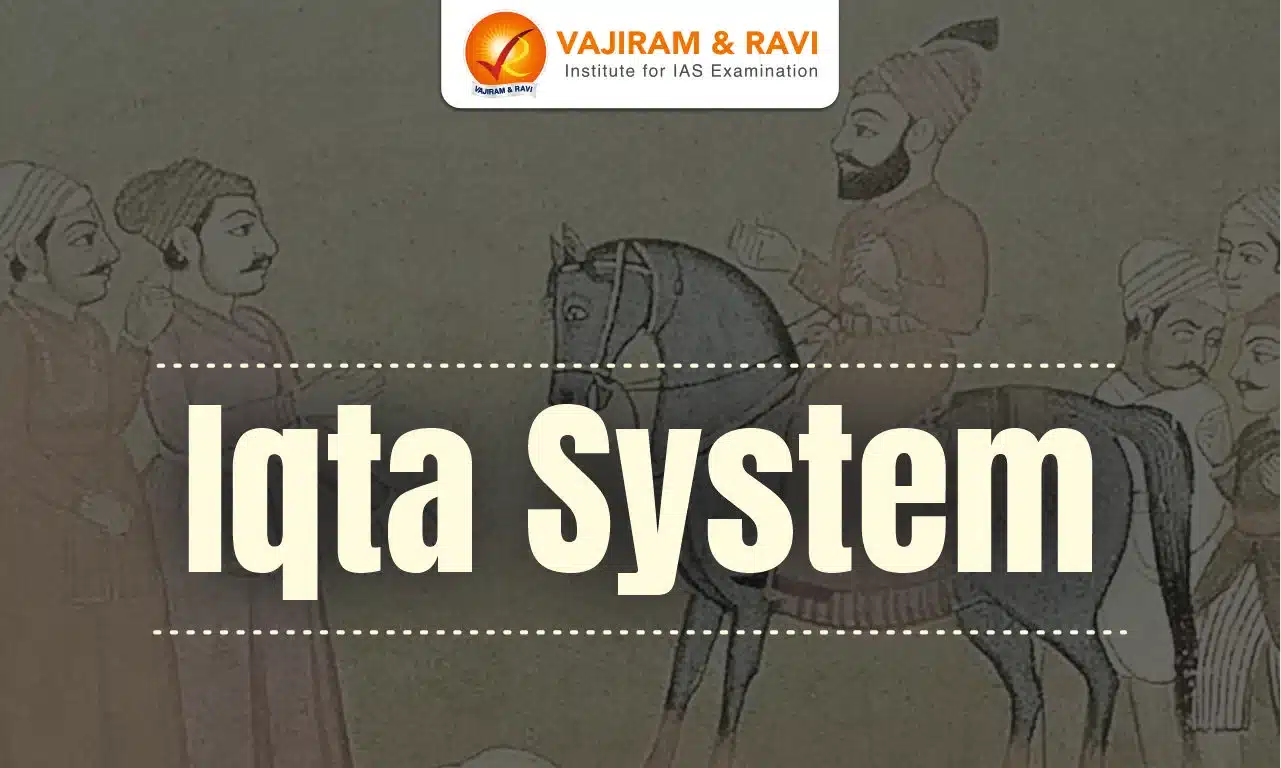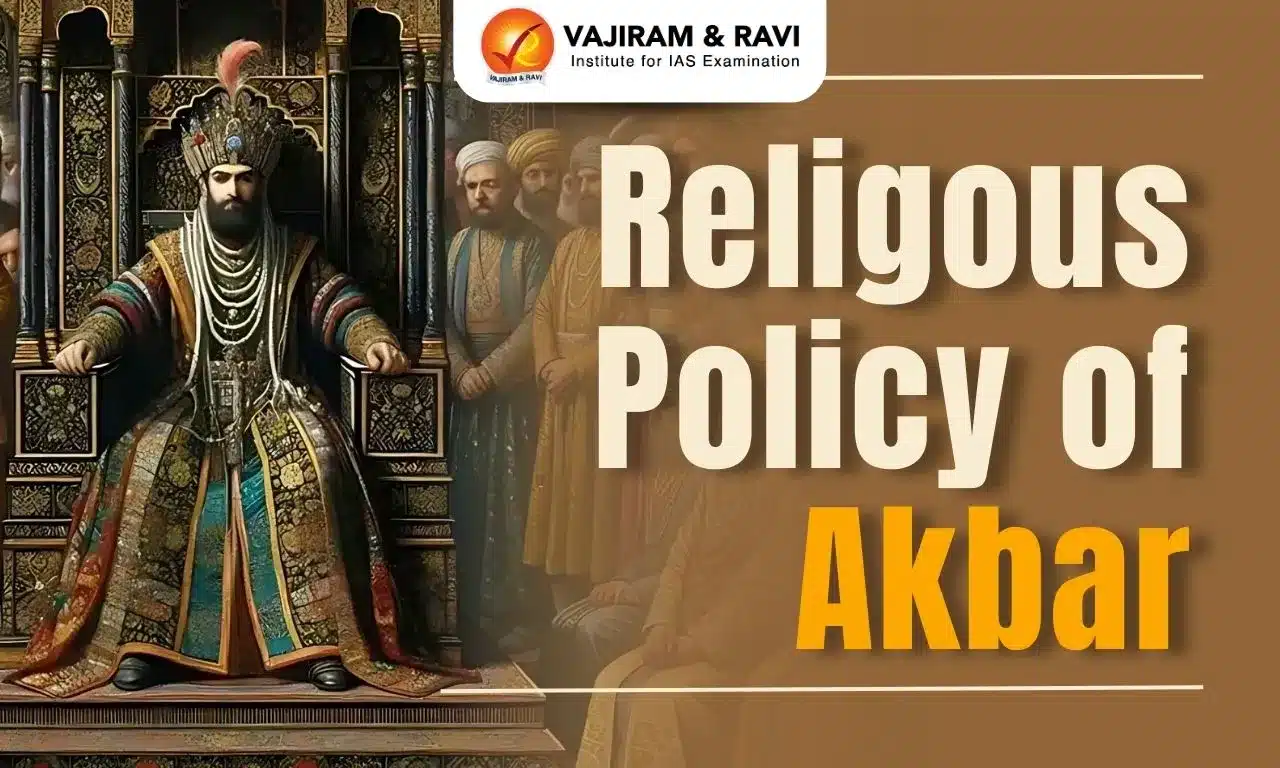Ghiyas Ud Din Balban(1216–1287) was the ninth Sultan of Delhi and the most prominent ruler of the Mamluk dynasty, also known as the Slave dynasty. Born to a Turkic family, he was sold into slavery and rose to power through his service under Sultan Iltutmish. Upon ascending the throne in 1266, Balban implemented a “blood and iron” policy, emphasizing military strength and strict governance to suppress internal unrest and safeguard his rule.
In addition to his military and administrative measures, Balban's theory of kingship asserted the Sultan’s divine authority, positioning him as God's representative on Earth. His reign was also marked by efforts to strengthen the central authority, laying the groundwork for the subsequent Tughlaq dynasty.
Balban Overview
Ghiyas Ud Din Balban, a formidable ruler of the Delhi Sultanate, is remembered for his despotic leadership and decisive actions in fortifying the monarchy, asserting central authority, and solidifying the dominance of the Slave Dynasty.
- Early Life: Originally named Bahauddin, he was born into a Turkic family and captured by the Mongols in his youth.
- After being sold into slavery, he was brought to Delhi in 1232 by Khawaja Jamaluddin of Basra and subsequently purchased by Sultan Iltutmish.
- Balban gradually then became a prominent member of Iltutmish’s group of 40 Turkic slaves, which played a crucial role in the administration of the Sultanate.
- Service Under Razia Sultana: Initially serving under Raziya Sultan, he was appointed to the post of Amir-i-Shikar (lord of hunt). However, he soon turned against her, playing a significant role in her ousting.
- Grant of Jagirs: Balban was rewarded with the jagir of Rewari by Bahram Shah and later received the jagir of Hansi from Masud Shah, which enhanced his influence.
- Appointment as Amir-i-Hajib: Wazir Abu Bakr appointed Balban as Amir-i-Hajib, a position that allowed him to consolidate power among "the Forty," a group of influential Turkish nobles.
- Conspiracy Against Masud Shah: Balban conspired against Sultan Masud Shah and played a key role in placing Nasiruddin Mahmud on the throne.
- Strategic Marriage Alliance: In 1249 CE, Balban solidified his position by marrying his daughter to Sultan Nasiruddin. He was appointed Naib-i-Mamlakat and granted the title of Ulugh Khan, taking charge of state affairs and becoming the de facto ruler during Sultan Nasiruddin's reign.
- Leader of Turkish Nobility: Balban emerged as the most powerful figure among Turkish nobles due to his tact, diplomacy, and administrative skills.
- Accession to the Throne: After Sultan Nasiruddin died in 1265 CE, Balban ascended the throne in 1266 CE without opposition and ruled with an iron fist till 1287 CE.
- Court Poet: Balban was a great patron of scholars and writers, extending particular favor to Amir Khusrau.
Balban as a Sultan
Ghiyas Ud Din Balban was instrumental in shaping the Delhi Sultanate's political structure. Upon becoming the Sultan, he sought to regain the prestige of the crown that had been eroded after Iltutmish's death. Ruling with an autocratic approach, Balban dedicated his efforts to fortifying the Sultan's authority and consolidating power, yet faced several significant challenges in centralizing his rule, including:
- Rise of the Nobility: After Iltutmish's death, the nobility's growing power undermined the Sultan's authority, diminishing the crown's prestige. Balban recognized the need to restore the Sultan's power by weakening the nobility and instilling fear to regain respect for the throne.
- Security of the Delhi Sultanate: Upon assuming power, Balban faced significant challenges, including defending against the Mongols in the northwest and reasserting control over Bengal to prevent further rebellions across the Sultanate.
- Rebellions and Internal Dissent: Balban faced internal revolts from Hindus in Doab, Malwa, Bundelkhand, and Rajasthan, along with uprisings by the Meos in Mewat and Hindus in Katehar, leading him to close Delhi's Western gate for safety.
Ghiyas ud din Balban Achievements
An achievement that defined Balban's reign was his focus on consolidating the Delhi Sultanate's territories rather than expanding the empire. As a pragmatic and astute statesman, Balban abandoned the policy of territorial expansion and instead concentrated on maintaining peace and stability within the existing boundaries of his realm.
Balban Theory of Kingship
Ghiyas Ud Din Balban was the first Sultan of Delhi to clearly articulate his views on the powers of the Sultan, emphasizing the divine nature of his authority (Niyabat-i-Khudai). He introduced the title ZiliIlahi (Shadow of God) to assert that his rule was sanctioned by divine will, positioning himself as the vice-regent of God on earth, second only to prophethood.
-
- Regal Demeanor: Balban’s conduct in court was meticulously formal, with strict protocols and decorum. He instituted rules such as Sijda (prostration) and Paibos (kissing the Sultan’s feet), ensured only high nobles were allowed to sit, and enforced rigid behavior standards, such as prohibiting laughter and wine.
- Court and Public Display: The Sultan's public appearances were accompanied by heavily armed Turkish slaves, and the court, designed to impress, celebrated the Nauroz festival with grandeur, leaving foreigners in awe of its splendor.
- Cultural and Social Influence: Balban, regarded as the protector of Muslim culture, offered shelter to foreign scholars and nobles, while his discriminatory attitude towards the high-born and low-born led to aggressive behavior towards commoners.
Balban Blood and Iron Policy
Ghiyas Ud Din Balban introduced the policy of 'blood and iron' to suppress the power of the nobles. The "blood and iron" policy was centered on using strict military force and ruthless repression to both strengthen his rule and secure the Sultanate. He focused on suppressing Muslim rivals, crushing Hindu revolts, and protecting the North-West frontier from Mongol threats. To achieve this, he punished rebellious nobles and relied heavily on military strength to maintain order across his realm. As a result of these harsh measures, he earned the epithet "man of blood and iron."
Ghiyas ud din Balban Destruction of Forty
While serving as Prime Minister under Sultan Nasiruddin, Balban sought to dismantle the power of the group of 'the forty' (Chahalgani) to restore the Sultan’s authority. By the time he ascended the throne, most of the nobles had either died or been eliminated by Balban, with the remaining ones stripped of power.
- Notable actions included publicly flogging and disgracing Malik Baqbaq, executing Haibat Khan for murder, and hanging Amin Khan for failing to suppress a revolt.
- Balban, even eliminating his cousin Sher Khan, eventually destroyed the group he had once been part of.
Balban Administration
Balban's administrative system combined both military and civil roles, requiring his officers to handle both duties. He oversaw all appointments and ensured that only nobles were given higher positions, while the positions of Naib and Wazir became largely redundant under his rule. His direct control and supervision contributed to providing peace and justice to his subjects.
- Reorganization of Departments: Balban separated the Diwan-i-unzarat (Finance) from the Diwan-i-Arz (Military), focusing on strengthening the army and suppressing regional disturbances.
- Military Engagement: He deployed the military to quell uprisings in Mewat, Doab, Awadh, and Katihar, while securing Ajmer and Nagaur.
- Focus on Law and Order: Balban prioritized the restoration of law and order, with harsh measures against robbers, ensuring safe travel.
- Impartial Justice: He administered justice impartially, with a strong focus on maintaining peace and security across the realm.
- Efficient Spy System: Balban implemented a comprehensive spy network (Barids) to stay well-informed of developments within his administration.
- Separation of Religion from Politics: Although Balban was a devout Muslim, he sought to limit the role of the Ulema strictly to religious matters. He firmly instructed them to refrain from any involvement in political affairs.
Ghiyas ud din Balban Conquest of Bengal
Bengal was lost to the Delhi Sultanate during Sultan Nasiruddin’s reign. Balban appointed Tughril Khan as governor, but Tughril declared his independence in 1279 CE, assuming the title of Sultan Mughisuddin. This revolt was a significant blow to Balban’s authority, prompting him to take immediate action.
- Initial Attempts to Suppress Rebellion: Balban ordered Amin Khan, the governor of Oudh, to quell the rebellion, but Amin Khan was defeated and executed.
- Repeated Failures and Balban's Response: Two more expeditions failed, intensifying Balban's anger and determination to regain control over Bengal.
- Balban's Personal Campaign: Balban led a large army to Bengal, supported by additional troops from Awadh, and reached Bengal with his son, Bughra Khan.
- Tughril Khan Defeat: Tughril Khan fled Lakhnauti, but Balban pursued and killed him at Jajnagar (Orissa).
- Restoration of Control: Balban returned to Lakhnauti, took revenge on Tughril Khan’s supporters, and appointed his son, Bughra Khan, as the new governor of Bengal.
Balban Steps to Combat Mongol Menace
To protect the Delhi Sultanate from internal disturbances and the Mongol threat, Balban implemented a strong and centralized military strategy. He delegated the provinces of Lahore, Multan, and Uchh to his son, Muhammad, while his second son, Bughra Khan, was tasked with defending the iqtas of Sunam, Samana, and Dipalpur. Balban maintained a defensive stance against the Mongols, personally overseeing the defense arrangements from the capital.
- Defensive Strategy: Balban’s defensive policy did not aim to liberate the entire North-Western region but focused on reinforcing key areas with a special reserve of 30,000 cavalry to bolster border contingents.
- Mongol Invasion of 1285: In 1285, Timur Khan of Afghanistan launched a major attack, where Prince Muhammad died while fighting bravely, but the provinces of Multan and Uchh were successfully defended by Muhammad’s son, Kai Khusrau.
Balban appointed Kai Khusrau as his successor but could not bear the untimely death of his son Muhammad, passing away heartbroken in mid-1287 CE. In 1290 AD, Firoz killed Kaimurs and took control of the throne, marking the end of the Slave Dynasty. He then ascended the throne under the name Jalal-ud-din Khalji.
Ghiyas ud din Balban Tomb
The tomb of Ghiyas-ud-din Balban, located in Mehrauli, New Delhi, was constructed around 1287 CE. As the resting place of one of the most influential slave sultans after Iltutmish, it stands within the Dar-ul-Amaan (Haven of Safety), a structure originally built by the Sultan himself.
- While now in ruins and lacking decorations, the tomb is significant for its architectural innovation, being the first structure in the region to utilize true arches, a feature that would later become prominent in Indo-Islamic architecture.
- Unlike the corbelled arches of the Qutub Minar, the true arches in Balban's tomb have a central keystone, which effectively distributes the weight of the structure.
Ghiyas ud din Balban UPSC PYQs
Question1. Which Sultan of Delhi introduced the policy of 'blood and iron' to suppress the power of the nobles? (UPSC Prelims 2018)
a. Iltutmish
b. Ghiyas ud din Balban
c. Alauddin Khilji
d. Muhammad bin Tughlaq
Answer: (b)
Question2. Discuss the military and administrative strategies of Ghiyas ud din Balban that helped in strengthening the Delhi Sultanate. (UPSC Mains 2019)
Last updated on December, 2025
→ Check out the latest UPSC Syllabus 2026 here.
→ Join Vajiram & Ravi’s Interview Guidance Programme for expert help to crack your final UPSC stage.
→ UPSC Mains Result 2025 is now out.
→ UPSC Notification 2026 is scheduled to be released on January 14, 2026.
→ UPSC Calendar 2026 is released on 15th May, 2025.
→ The UPSC Vacancy 2025 were released 1129, out of which 979 were for UPSC CSE and remaining 150 are for UPSC IFoS.
→ UPSC Prelims 2026 will be conducted on 24th May, 2026 & UPSC Mains 2026 will be conducted on 21st August 2026.
→ The UPSC Selection Process is of 3 stages-Prelims, Mains and Interview.
→ UPSC Result 2024 is released with latest UPSC Marksheet 2024. Check Now!
→ UPSC Prelims Result 2025 is out now for the CSE held on 25 May 2025.
→ UPSC Toppers List 2024 is released now. Shakti Dubey is UPSC AIR 1 2024 Topper.
→ UPSC Prelims Question Paper 2025 and Unofficial Prelims Answer Key 2025 are available now.
→ UPSC Mains Question Paper 2025 is out for Essay, GS 1, 2, 3 & GS 4.
→ UPSC Mains Indian Language Question Paper 2025 is now out.
→ UPSC Mains Optional Question Paper 2025 is now out.
→ Also check Best IAS Coaching in Delhi
Balban FAQs
Q1. Who was Ghiyas-ud-din Balban? +
Q2. When did Balban rule the Delhi Sultanate?+
Q3. What was Balban's "blood and iron" policy?+
Q4. What title did Balban adopt to assert his authority?+
Q5. Which dynasty did Balban belong to?+
Tags: quest UPSC Medieval History

















